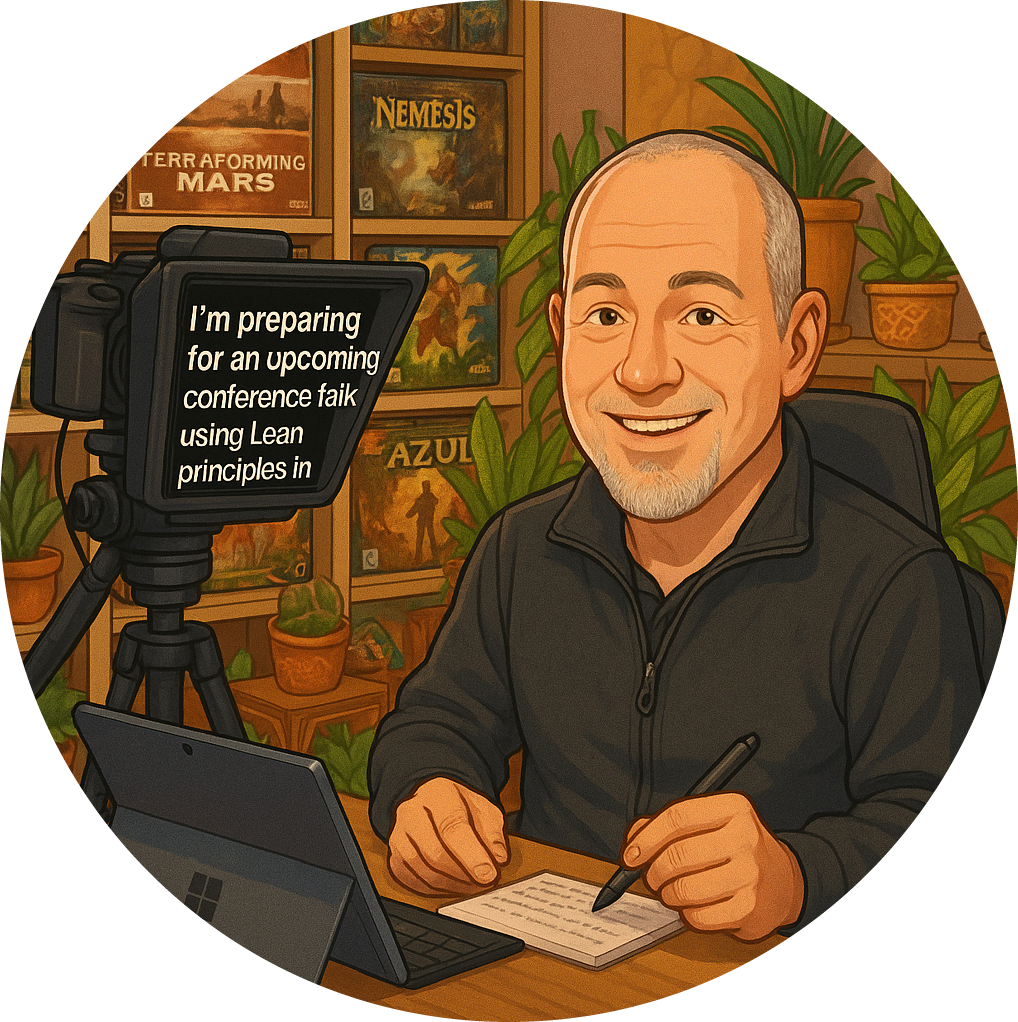In my journey through the world of Agile and DevOps , I’ve often encountered a common misconception: the belief that an external party can swoop in and provide a one-size-fits-all solution to an organisation’s challenges. This notion is not only misguided but also detrimental to the very essence of what it means to be agile.
The Fallacy of the Quick Fix
When organisations seek out big consulting firms or adopt popular frameworks, they often do so with the hope of finding a “recipe” for success. However, the reality is that there is no universal recipe. Each organisation is unique, with its own culture, challenges, and goals. The reason many consulting engagements fail to effect meaningful change is that they focus on delivering a solution rather than fostering an environment where change can thrive.
Consultants vs. Contractors: It’s crucial to differentiate between the two. Many firms market themselves as consultants, but in reality, they are merely providing contractors to fill roles. This approach does little to empower the organisation. When you hire a contractor, you’re essentially outsourcing a critical part of your business. This can lead to a knowledge gap, as the contractor may not be incentivised to share their expertise with your team.
The Gymnast Analogy: Imagine wanting to become a gymnast. You can’t simply hire someone to perform the routines for you and expect to become a gymnast yourself. The same principle applies to organisational change . You must engage your team in the process, allowing them to learn and grow rather than relying on external parties to do the work for them.
The Role of a Consultant
So, what is the true purpose of a consultant? In my view, a consultant’s role is to provoke change. They should not be doing the work for you; instead, they should be guiding you and your team to understand the underlying principles and theories that will enable you to make informed decisions.
Provoking Change: A good consultant challenges the status quo. They bring a fresh perspective and deep knowledge of their field, but their primary goal is to empower your team. By fostering an environment of learning and adaptation, they help you develop the skills necessary to navigate your unique challenges.
Building Capability: The ultimate aim of consulting should be to build internal capability. When your team understands the theory and principles behind Agile or DevOps, they are better equipped to make decisions that align with your organisation’s goals. This leads to sustainable change rather than temporary fixes.
Embracing the Journey
In my experience, the journey towards agility is not a straight path. It requires commitment, patience, and a willingness to learn from both successes and failures. Here are a few key takeaways to consider:
Invest in Your People: Rather than outsourcing critical functions, invest in your team. Provide them with the training and resources they need to succeed.
Encourage Collaboration: Foster a culture of collaboration where knowledge sharing is encouraged. This not only enhances team dynamics but also builds a more resilient organisation.
Focus on Continuous Improvement : Embrace the idea that change is an ongoing process. Regularly reflect on your practices and be open to adapting as needed.
In conclusion, the path to agility is not about finding a quick fix or relying on external parties to solve your problems. It’s about empowering your team, fostering a culture of learning, and embracing the journey of change together. By doing so, you will not only enhance your organisation’s capabilities but also create a sustainable environment where agility can flourish.


























